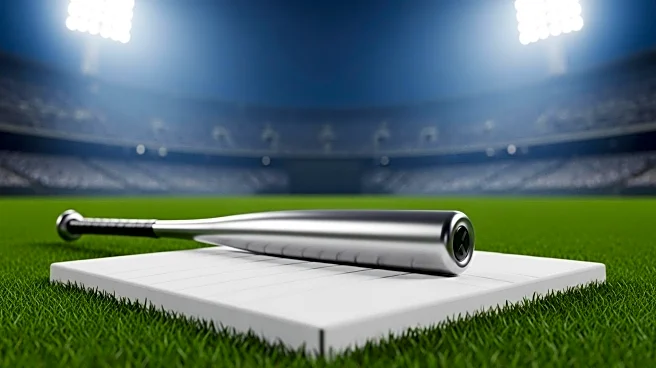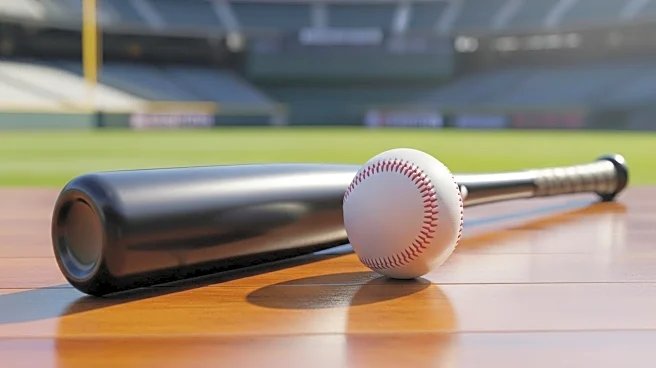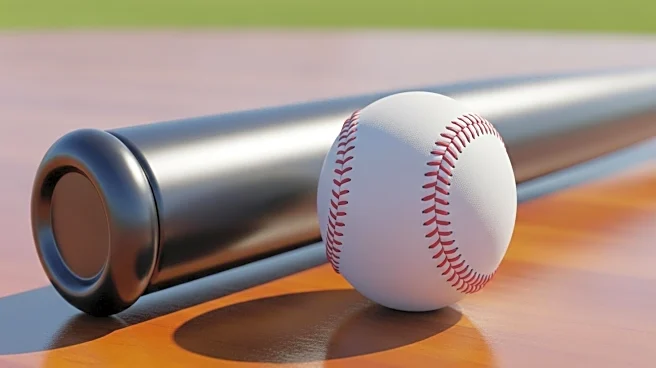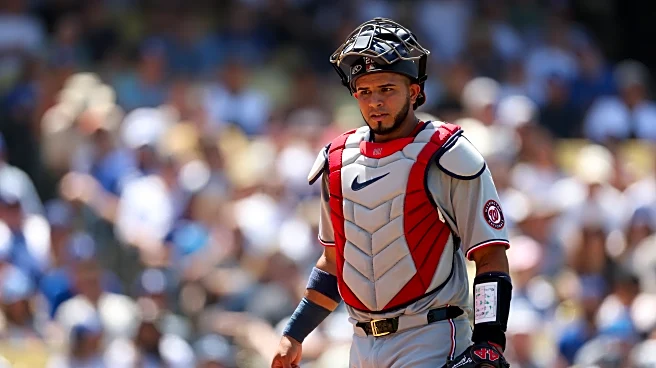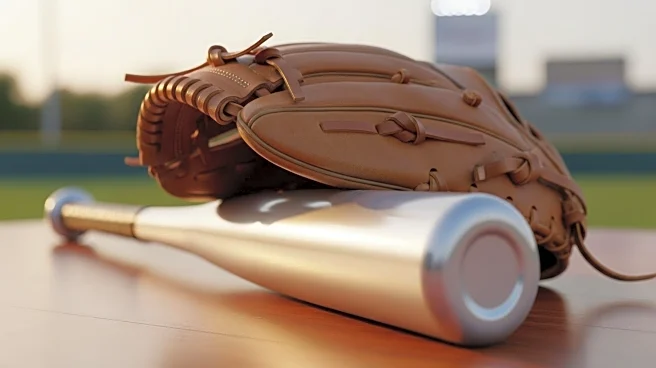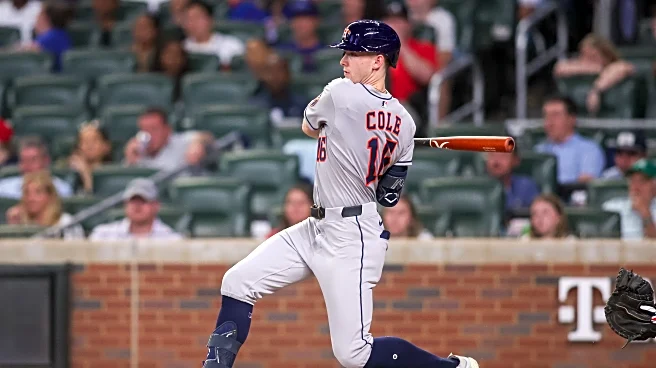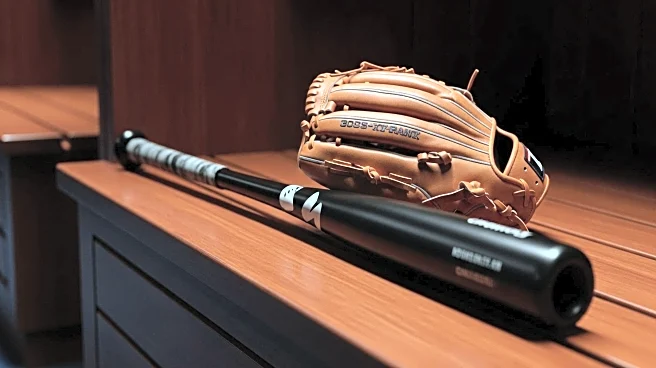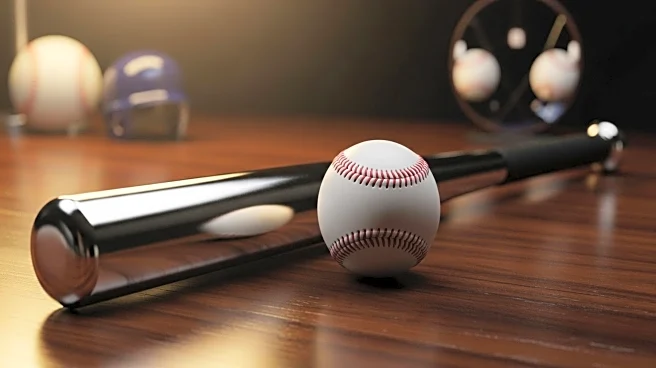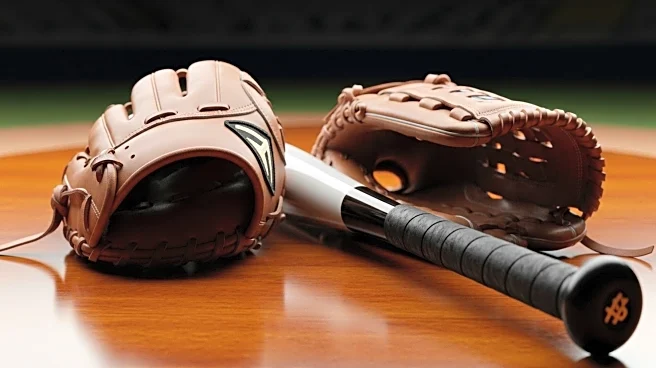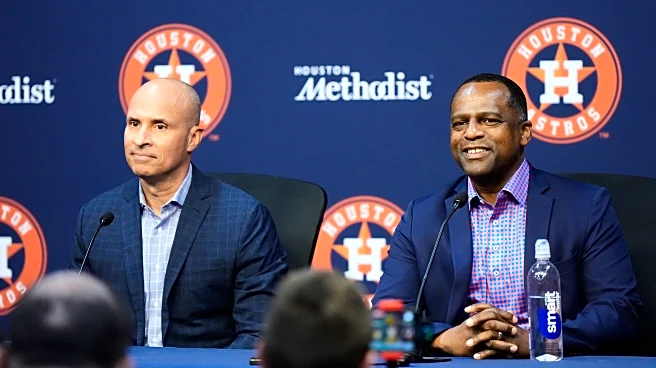Today begins a series of posts that will focus on each position on the diamond. If I do this correctly then we will be able to get through all of the positions by the Winter Meetings when action starts
to heat up. So, for each position we will look at some underlying numbers on the offensive and defensive side. However, we should start with a few suppositions.
The first and primary supposition is that this offense was not nearly good enough. We could focus on whatever number you would like. We can look at the aggregate or we can look situationally. It all comes down to the fact that this team did not score runs consistently enough to advance to the postseason. I’m sure the organization will focus on pitching because it always does. It is like a bad shopping cart that pulls to the right no matter which way it is facing. Plus, it would seem like every position has at least one competent player to man it. Some have more than one competent player.
So, the way we get through this is look at why the offense was breaking down. It’s at this point that I am reminded of the immortal words of Theo Epstein/Naughty by Nature, “I’m down with OBP (yeah you know me), I’m down with OBP (yeah you know me).” Here are some isolated stats from three different seasons in Astros recent history when their offense was good and last season. Let’s see what we notice.
- 2017: 1st in runs, 1st in OBP, 20th in walks
- 2019: 3rd in runs, 1st in OBP, 1st in walks
- 2021: 1st in runs, 1st in OBP, 9th in walks
- 2025: 21st in runs, 16th in OBP, 26th in walks
Granted, there are no perfect correlations. Slugging plays a lot into offensive production and the Astros have definitely seen a drop in power numbers as well. However, no single stat correlates with run production as strongly as on base percentage. The easiest way to have a healthy on base percentage is to have a healthy number of walks. The 2017 squad obviously did not show that to be always the case, but if you look through most of the run, the team was finishing in the top half of the league in walks.
That 2017 squad (and 2021 squad) were obviously first in OBP because they were also first in batting average. They were first in batting average largely because they also had the fewest strikeouts in the league. So, in general, we are looking for hitters that make contact and draw walks. Obviously, that is a difficult combination. Patient hitters have a lot of two strike counts. Those can lead to higher strikeout numbers. In our case, we are looking at swing rates, chase rates, hard hit ball rates, and BABIP. From there, we can find hitters that don’t particularly match what the Astros should be trying to do moving forward.
Yainer Diaz
Yainer is kind of a mixed bag and some of the numbers may surprise you as I find a few that raised some eyebrows while doing the research. As one of the few Astros to get to 20 home runs, he definitely fulfills the power part of the equation. Let’s take a look at the 2025 numbers in the categories we are interested in and see where he fits.
- SO%: 16.8%
- BB%: 3.5%
- BABIP: .277
- Hard: 42.2%
- Swing: 59.5%
- Chase: 43.1
Some of these numbers stick out like a sore thumb when they are put up against the rest of the team. The strikeout numbers are considerably better than league average and his BABIP is actually low when you consider the hard hit rate. So, Diaz’s .250ish batting average could have been closer to .270 on the season. Suddenly, when you are looking at a .270 hitter with 20 dingers you think you’ve won the lottery at catcher. However, that is where the problems begin.
Diaz had the lowest walk rate on the team because he swings at EVERYTHING. The swing rate was the highest on the team (for anyone with 100 or more at bats) and his chase rate was the highest on the team. 30 percent is roughly the league average in that category. Getting to that mark would likely be a pipe dream, but if he could get it down to between 35 and 40 percent it would be a vast improvement and might actually get his walk rate above five percent. His presence still would not be ideal in this lineup, but it would be less problematic. That depends on whether Yainer is coachable or not and who is doing the coaching.
- Innings: 990.0
- Defensive Runs Saved: +1
- Fielding Run Value: -3
- Framing Runs: -3.5
The fielding bible numbers shocked me. I was certain he would be underwater there, but I imagine most people feel like FRV is more accurate. One of the things we have to keep in mind is that hitters and catchers will get to contest and review balls and strikes next season. If we zero out the framing runs then we also zero out most of his negatives. So, defensively this is not such a bad thing.
Victor Caratini
Caratini would of course be a free agent, so he may or may not be back depending on where they want to go with the position. We will include Cesar Salazar next because it is quite possible he could be promoted to the backup catching position. This is always one of those resource allocation problems. You only have so much money to spend and if you save at catcher you can spend more elsewhere.
- SO%: 16.8%
- BB%: 6.0%
- BABIP: .282
- Hard: 40.7%
- Swing%: 46.6%
- Chase%: 22.2%
Caratini doesn’t walk a lot for some reason. However, notice some of the other underlying stats and compare them with Diaz. He swings far less often and the chase rates are like night and day. What that tells me is that teams don’t think Caratini can hurt them as much. Also, when you get the reputation as a guy that won’t chase you will probably see more strikes. He generally hits them hard, but he doesn’t have elite power. Yet, when you compare him with the typical catcher, he is better than you think.
- Innings: 418.0
- Defensive Runs Saved: -5
- Fielding Run Value: -3
- Framing Runs: -2.6
Like with Diaz, much of the negative value goes away when you get rid of the framing runs. However, there is still some negative pull there and that is just one of many reasons why Caratini likely isn’t an everyday catcher and isn’t likely to find that anywhere in free agency. Offensively, he seems like the kind of hitter you want and so if you can get him back at a similar price then you do it.
Cesar Salazar
Unlike the other two, we will be going with career numbers for Salazar. In general, there are just too few of games to go on to really get a read on what we think he can do. Suffice it to say, if you go by the minor league numbers then it won’t be pretty if he has to play more than once or twice a week. Still, remember we are looking at a tiny sample size here.
- SO%: 20.9%
- BB%: 7.5%
- BABIP: .295
- Hard: 13.3%
- Swing: 53.9%
- Chase: 32.8%
These numbers actually look reasonable for the most part, but the hard hit percentage is frighteningly low. Those things will happen when you are looking at under 100 plate appearances. Everything else looks reasonable enough and looks like a guy you wouldn’t mind having in your lineup at least once a week. If he were your regular catcher you would bite down hard and hit him ninth.
- Innings: 143.2
- Defensive Runs Saved: -1
- Fielding Run Value: +2
- Framing Runs: +1.0
Salazar is about as typical a backup catcher as you are going to find. You want someone that can work well with pitchers, field the position well, and maybe get a hit here and there. He isn’t going to do much more than that, but as a pre-arbitration eligible player you don’t expect much more than that. Moving to him as a backup would be an admission that you are spending your money elsewhere.
Where should the Astros go?
When you do the same thing you have always done then you are going to get what you’ve always gotten. If you complain about poor situational hitting, free swinging, and poor offensive production, those things don’t improve if you change nothing. So either the Astros make a change here at catcher or they make a change at hitting coach (or both). I’ve made my opinions on this well known. I would have fired the hitting coaches after the 2024 season, so it would be difficult to talk me into keeping them around after this last season.
Still, that is no guarantee that Diaz would become a more disciplined hitter. Some guys just aren’t disciplined. I could see them trading Diaz for prospects or pitching help and re-signing Caratini as the primary catcher. I could also see them signing someone else and doing the same. Either scenario would make Salazar the backup. As long as he only played in 40 or so games a year that would be a workable solution. If you wanted to splurge you could re-sign Caratini AND bring in a free agent/trade target. Either way, moving on from Diaz is probably the first step in improving overall team patience.

